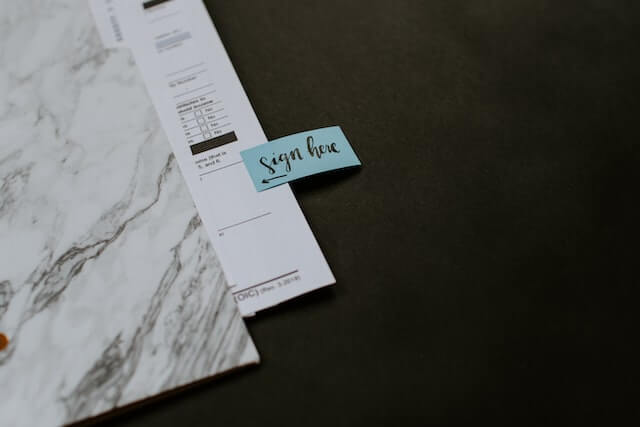As a landlord, you have to ensure that both parties have a clear understanding of all the terms of the lease agreement. You must also document them well. However, during the course of a lease, circumstances may arise that require you to add additional terms or changes. This is where a lease addendum comes in.
What is a Lease Addendum?
A lease addendum is a legal document. It adds, modifies, or removes certain terms and conditions from an existing lease agreement. It serves as an extension of the original lease agreement. Furthermore, it contains additional terms, conditions, or changes to the existing agreement. It is an effective tool that helps landlords and tenants to clarify and agree on specific terms. Usually the terms that they did not include in the initial lease agreement. However, before publishing a listing on Padleads and syndicating it to various high-traffic websites, ensure that a details lease agreement is as complete as possible to avoid conflict with future tenants.
What’s the difference of an Addendum and a Lease Agreement?
A lease agreement is a legally binding document that outlines the terms and conditions of the tenancy. Both parties sign it, and it sets the ground rules for the tenancy. On the other hand, a lease addendum is an additional document that modifies the terms of the existing lease agreement.
Unlike the lease agreement, a lease addendum does not stand alone. It is only effective when attached to the original lease agreement.

When to Use a Lease Addendum
You should use a lease addendum when you need to add, modify, or remove certain terms and conditions in an existing lease agreement. This may be due to a change in circumstances that the parties did not consider in the initial lease agreement.
For instance, a tenant wants to keep a pet in the rental property, which the original lease agreement did not allow. You can use a lease addendum to modify the pet policy.
What Should a Lease Addendum Contain?
You should ensure that a lease addendum contains specific information that relates to the changes being made to the existing lease agreement. You should include the following essential elements in a lease addendum:
Parties Involved: The lease addendum should clearly state the names of both the landlord and the tenant.
Effective Date: You should state the effective date of the lease addendum to ensure that both parties understand when the new terms come into effect.
Modification or Addition: You should clearly state the modifications or additions being made to the existing lease agreement in the lease addendum. This could be changes to the rent amount, pet policy, maintenance responsibilities, or any other relevant terms.
Signatures: Both the landlord and the tenant should sign the lease addendum to show their agreement to the new terms.

How to Add an Addendum to a Lease Agreement
To add an addendum to a lease agreement, you should take the following steps:
- Identify the need for the lease addendum and ensure that it is a valid reason.
- Draft the lease addendum, and make sure to include all relevant information.
- Review the lease addendum with the tenant and ensure that they agree to the new terms.
- Both the landlord and the tenant should sign the lease addendum and attach it to the original lease agreement.
Common Lease Addendums
There are several common lease addendums that landlords may use. Some of these include:
• Pet Policy Addendum
You can add this addendum to a lease agreement, and it serves as a binding agreement between the landlord and tenant regarding pets. The document typically outlines which types of pets are allowed, the number of pets allowed, any required pet fees or deposits, and rules regarding pet behavior and cleanliness.

• Rent Increase Addendum
This typically includes details such as the date when the rent increase will take effect, the new rental amount, and the reasons for the increase.
• Maintenance Addendum
This addendum outlines the responsibilities of both the landlord and the tenant in regards to maintenance and repairs of the rental property. It specifies who is responsible for what type of maintenance and repairs, and the time frame for completing them. This addendum can also outline any fees or penalties for failure to comply with the maintenance and repair requirements.
• Late Payment Addendum
This outlines the late fee that you will charge the tenant if they fail to pay rent on the due date. It will also specify the number of days that you will allow the tenant to pay rent before charging the late fee. Additionally, it may outline the actions that the landlord may take if the tenant continues to fail to pay rent on time, such as eviction.
In conclusion, lease addendums are an important tool for landlords to modify their lease agreements without having to create a new one.
Creating a clear and comprehensive lease addendum can help ensure a positive and mutually beneficial landlord-tenant relationship.